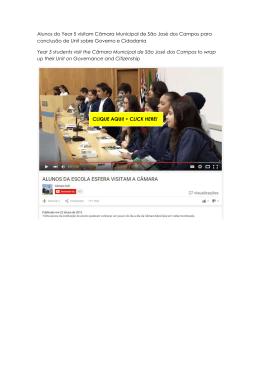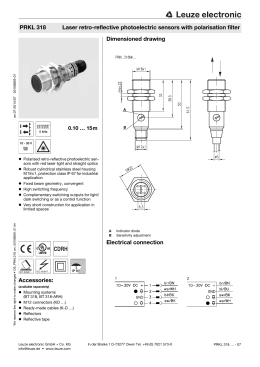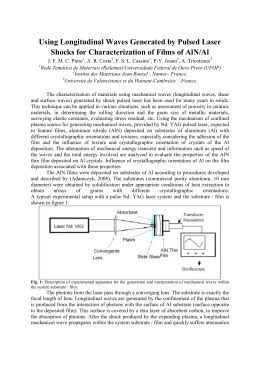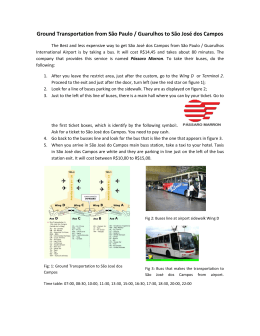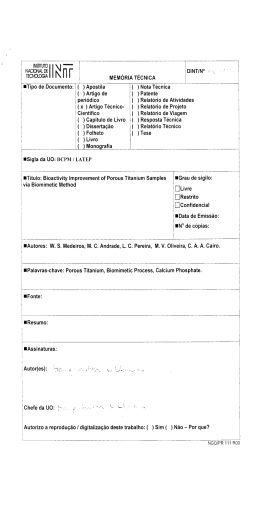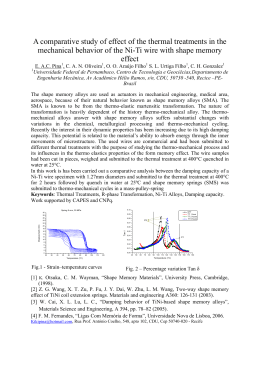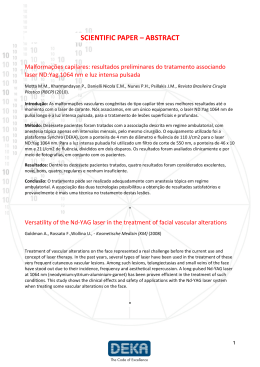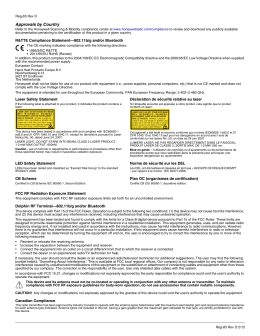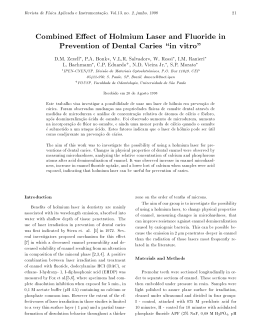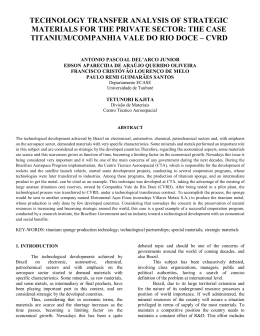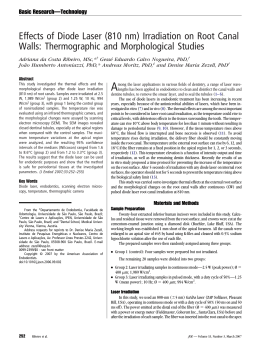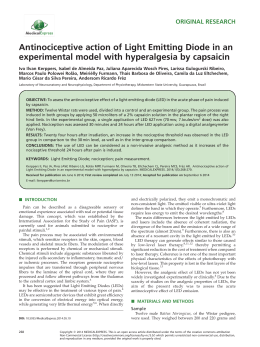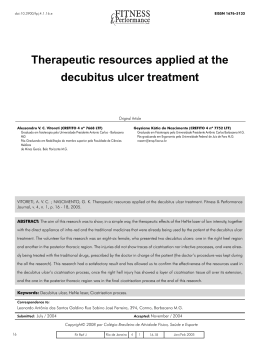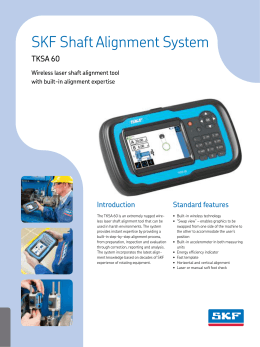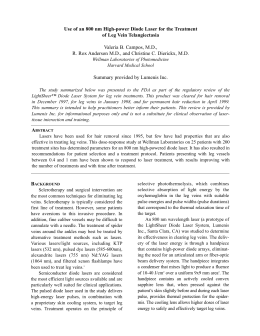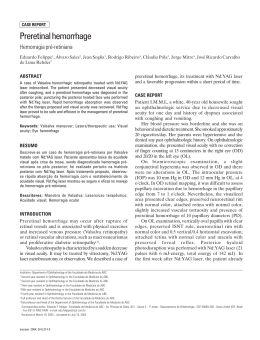Microstructural characteristics of titanium alloys after laser surface modification M.S.F. Lima1, F.Y. Sakata2, S.M. Carvalho2, A.G. Ramos3, and R. Riva1 1 Instituto de Estudos Avançados, São José dos Campos, SP, Brazil 2 Escola de Engenharia de Lorena, Universidade de São Paulo, Lorena, SP, Brazil 3 Optsensys Instrumentação Óptica e Eletrônica Ltda, São José dos Campos, SP, Brazil Titanium alloys have been used in a number of applications in industry due to their exceptional strength to weight ratio, relatively high melting temperature and corrosion resistance. These alloys have been extensively used in aerospace applications as their low density compared to steel permits weight savings. Medical engineering is also a major field of application for titanium alloys. Unalloyed titanium and titanium alloys have been used for years in medical engineering for a wide range of applications, some examples are: joint replacement parts for hip, knee, shoulder, spine, elbow and wrist, dental implants and parts for orthodontic surgery and dental prosthetics, heart pacemaker housings and artificial heart valves, surgical instruments for heart and eye surgery, and components in high-speed blood centrifuges. For all these applications, titanium successfully complies with the biocompatibility and elasticity requirements. A major obstacle for wider use of titanium in engineering parts remains on its poor wear resistance. Various surface modification techniques have been proposed for enhancement of its friction and impact resistance [1-5]. In the present work the laser treatment is applied to produce a wear-resistant hardened surface. For this, three methods were employed: laser remelting, laser carburizing and laser texturing. Laser remelting produces a rapid solidified layer of some hundred micrometers depth, composed by primary alpha titanium dendrites with partial martensite transformation. Laser carburizing promotes the formation of hard titanium carbide precipitates at the surface. Finally, surface texturing involves short high intensity pulses producing shallow laser dimples. The surface texturing induces compressive forces on the surfaces, due to the rapid expansion and collapse of the plasma plume. The effect of each laser treatment on the microstructural formation are presented and discussed. Keywords: Titanium alloys, laser, laser surface treatments Work supported by Financiadora de Estudos e Projetos - FINEP (01.05.0183.00 e 01.09.0546.00), Conselho Nacional de Pesquisas - CNPq (500240/2007-8 e 310761/2009-3) and Fundação de Amparo à Pesquisa do Estado de São Paulo - FAPESP (2007/08265-2). [1] E. Rolinski, Surf. Eng. 2, 35 (1986). [2] J. Langan, Proceedings of the Sixth World Conference on Titanium, Cannes, France, 1988 Edited by P. Lecombé, R. Tricot, G. Béranger, Publ. Les éditions de physique, 1988, p. 1512. [3] F. Preißer, P. Minarski, P. Mayr, F. Hoffmann Härterei-Technische-Mitteilungen 6, 361 (1991). [4] Y.X. Lenga,, P. Yang, J.Y. Chen, H. Sun, J. Wang, G.J. Wang, N. Huang, X.B. Tian, P.K. Chu, Surf. Coat. Technol. 138, 296 (2001). [5] S. PalDey, S.C. Deevi, Mater. Sci. Eng. A342, 58 (2003). Corresponding author: Milton S.F. Lima, Instituto de Estudos Avançados, C.P. 6044, CEP 12.228-970, São José dos Campos (SP), E-mail: [email protected].
Download
